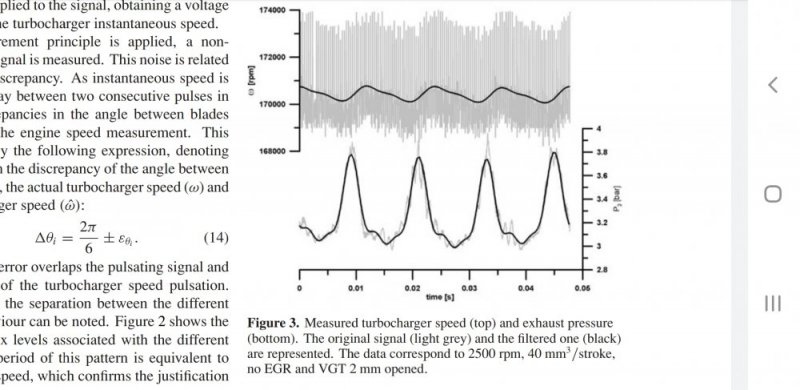Will L.
Well-Known Member
It was all based on engine intake/head design. Working at the fuel company we tested the tornados. My wifes main ride at the time was a Chrysler LHS. I put a tornado in that as part of the multi car testing and it actually dynoed up a few ponies (10 ish maybe) and got 1 (maybe 2) mpg better. Been too many years to remember the details and I try not to remember many Chryslers in my past...
The tornado actually did worse then stock in the GM vortex engines. Turns out the tornado created a similar vortex as their head and intake system! But it went the wrong way and cancelled out! We tried putting it in the other way to work with it and found GM maxed all gains in that area. Zero effect on stock 6.5 - Oh, the gm tbi pre vortex- it helped those something like 0.75 mpg hiway. Maybe 5 ponies or something.
I never tested the screened intakes.
We even had to test the magnets on fuel lines! Haha.
Seriously though and back on track,
So maybe painting with something like rhino lining’s new low texture stuff. It stops a lot of sound and would stop under hood heat from soaking in from the outside. If you form a good sound barrier on the outside of the intake system, then it’s just fighting the sound in the air.
The tornado actually did worse then stock in the GM vortex engines. Turns out the tornado created a similar vortex as their head and intake system! But it went the wrong way and cancelled out! We tried putting it in the other way to work with it and found GM maxed all gains in that area. Zero effect on stock 6.5 - Oh, the gm tbi pre vortex- it helped those something like 0.75 mpg hiway. Maybe 5 ponies or something.
I never tested the screened intakes.
We even had to test the magnets on fuel lines! Haha.
Seriously though and back on track,
So maybe painting with something like rhino lining’s new low texture stuff. It stops a lot of sound and would stop under hood heat from soaking in from the outside. If you form a good sound barrier on the outside of the intake system, then it’s just fighting the sound in the air.

